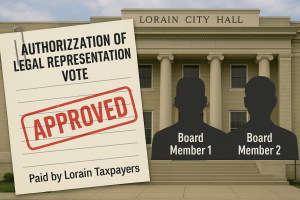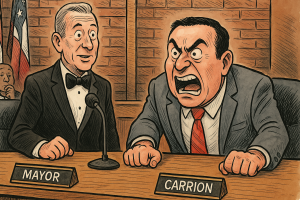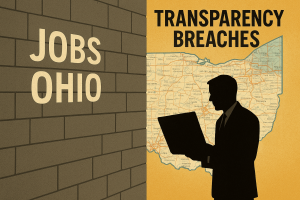Episode 4: The Baez Confrontation and the “Tool for Discrediting”
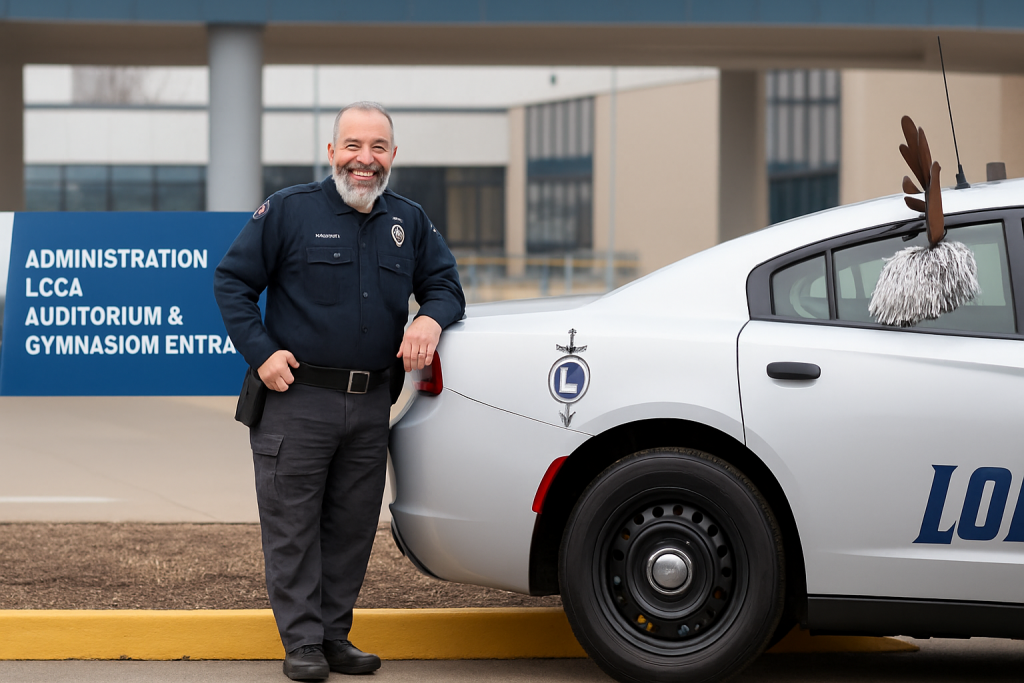
Written by Aaron C. Knapp | Inside the Blue Wall: The McCann-Middlebrooks Files
Apr 19, 2025
In Episode 4 of our ongoing investigative series, we turn our lens toward a key moment in this unraveling saga — the Chief’s meeting with Officer Miguel Baez, a now-retired officer of Latino descent, and the explosive accusations that followed. What happened inside the Chief’s conference room has now become one of the most contentious flashpoints in the department’s internal battles. At the heart of it is the question: Was Miguel Baez an independent thinker caught between two powerful men — or was he used as a tool to publicly humiliate Captain Middlebrooks?
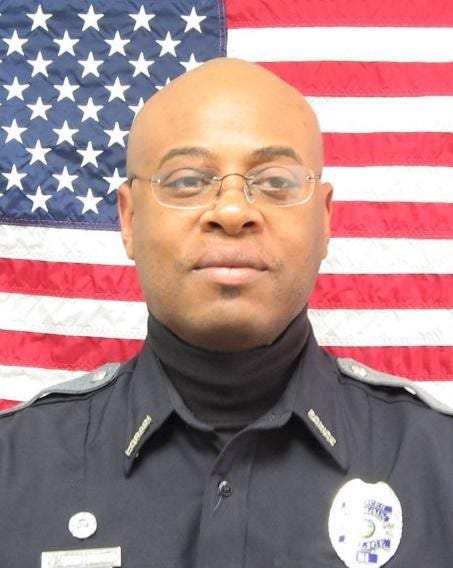
Thanks for reading Aaron’s Substack! Subscribe for free to receive new posts and support my work.
“Read the Memo”: The Chief’s Directive to Officer Baez
According to sworn testimony during OPS’s internal affairs investigation, Chief McCann summoned Officer Miguel Baez into his office in 2024 after learning Baez had been discussing internal police matters — specifically, discipline against Captain Middlebrooks — with Lorain City School staff. Baez served as a School Resource Officer (SRO), and his connection to the community made him a highly visible figure. McCann, reportedly alarmed that Baez might be spreading misinformation, took the unusual step of confronting him directly.
What followed was, by the Chief’s own account, a deliberate strategy. “We made a decision,” McCann told investigators. “We needed him to see the other side. I ordered him to read [Middlebrooks’s] reprimand memo out loud in the room.” McCann went further: “Our goal was to have him convince himself… that maybe Corey wasn’t telling him the whole truth.”
The reprimand had not been made public. Baez, a subordinate officer, was not part of the chain of command over Middlebrooks. When asked whether he considered the meeting to be a formal discipline or counseling session, McCann said it was “an undocumented counseling session.” Yet by any professional standard, the Chief’s actions were far outside normal protocol.
When asked if he needed permission to release the document, McCann replied, “Look… I don’t need anyone’s permission to release the document… We could’ve posted it on Facebook.” OPS noted that, while technically public under Ohio law, releasing internal discipline records in this way — especially to a subordinate — risked violating Article 11.9 of the Collective Bargaining Agreement and could be grounds for a union grievance.
The incident raises serious questions: Why did the Chief feel it necessary to go around formal communication channels? And more critically, why involve a Latino subordinate in such a charged conflict between two command-level officers — one of whom, Middlebrooks, is Black and had already raised concerns of discrimination?
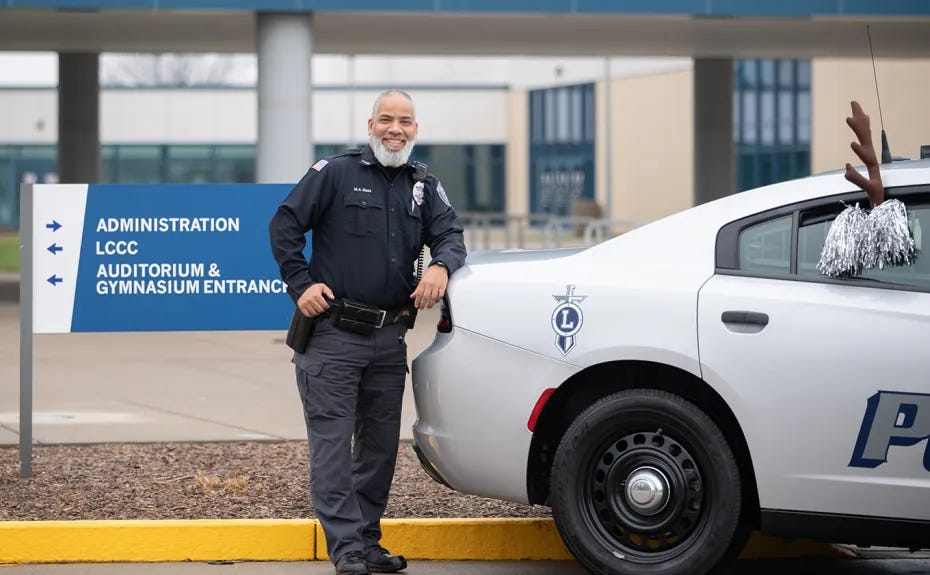
“He Told Me That”: Baez’s Allegation of Threats and Outbursts
In his interview with OPS, Officer Baez claimed the Chief went even further.
He alleged that during the meeting, Chief McCann “cleared his desk in anger,” became visibly agitated, and threatened to file criminal charges against him if he was found to be lying. Baez told investigators, “He said if I wasn’t honest, he’d come after me.”
This is not the first time McCann has been portrayed as aggressive or volatile. Throughout the internal investigation, multiple accounts described him as raising his voice, becoming confrontational, and engaging in what witnesses called intimidation. The image of a Chief clearing his desk and bearing down on a subordinate is one that OPS flagged as both unprofessional and deeply concerning.
When OPS confronted Chief McCann with this accusation, the Chief denied threatening criminal charges.
He acknowledged that voices were raised and that the meeting was contentious but denied any overt intimidation. “No, I was trying to provide him with the information that he needed to save his career,” McCann stated. He later added, “Baez was probably, my opinion, the best SRO we’ve ever had… and it was worth pissing Corey off to save Baez’s assignment in the schools.”
But the optics are unmistakable. A white Chief angrily confronting a Latino officer, threatening consequences, all while involving him in an internal conflict with a Black captain. McCann’s comments about “pissing Corey off” not only betray an unprofessional tone but reinforce the retaliatory nature of the interaction. The decision to weaponize discipline against one officer by showing it to another — under threat of punishment — is a tactic that deserves serious scrutiny.
Weaponizing Perception: A Targeted Discredit
Throughout the investigation, the idea that Officer Baez had become a “tool to discredit” Middlebrooks surfaced repeatedly. According to Middlebrooks, the Chief knew Baez had been one of his only vocal supporters.
Baez reportedly defended Middlebrooks during his time in the schools and was viewed favorably by community stakeholders. Using Baez to spread internal discipline narratives — or to “correct” them — served a dual function: it neutralized a supporter and turned him into a potential witness against Middlebrooks.
Baez’s influence in the schools was well-known. He interacted with faculty, students, and parents. Any suggestion that he had fallen out of favor with the Chief would ripple through those relationships. The Chief’s tactic, intentional or not, cast Baez into a role he hadn’t chosen — that of departmental mouthpiece. “We wanted him to shut up, basically,” McCann admitted bluntly. “We released it to a cop who’s here working.”
OPS asked whether McCann considered the optics of showing a reprimand to a fellow officer of color in a racially charged environment. McCann denied any racial motivation: “It had everything to do with saving Baez from himself.” But viewed in context, the episode speaks volumes about the racial and hierarchical dynamics in play. Middlebrooks, the only Black captain, was reprimanded. Baez, a Latino subordinate, was pulled into the fray and shown the reprimand without warning.
The power imbalance here is sharp. At the top, a white police chief. Below, two officers of color placed in adversarial positions — not by choice, but by administrative design.
Fallout in the Schools: A Career Cut Short
In the months after the confrontation, Officer Miguel Baez was quietly removed from his assignment as School Resource Officer. Despite being praised by the Chief as “the best SRO we’ve ever had,” Baez’s time in the schools was abruptly ended. No formal reason was publicly provided, but insiders suggest his role in the Middlebrooks-McCann conflict made his position untenable.
Baez has since retired. His departure marks yet another loss for a department already struggling with public trust and internal morale. For those who knew him, Baez represented the kind of community-policing presence that departments claim to value — visible, respected, and embedded in the local fabric.
His removal — whether by pressure, fallout, or quiet political calculus — signals that not even the most committed officers are safe from collateral damage when power politics are in play. Middlebrooks referred to Baez as a “pawn” who “never knew he was being played until it was too late.”
What’s clear is this: Baez, like Middlebrooks, found himself caught in a system that demands loyalty, punishes dissent, and exploits silence. His exit from the department closes a chapter — but opens deeper questions about how the City of Lorain treats its officers of color.
Final Thought: Divide and Discredit
Episode 4 forces us to confront an uncomfortable truth: the Lorain Police Department didn’t just discipline officers — it divided them. In this case, two officers of color were placed on opposite ends of a disciplinary narrative, one publicly humiliated, the other subtly pressured into alignment.
Miguel Baez and Corey Middlebrooks should have been allies — respected leaders of color in a department still reckoning with its history of racial bias. Instead, one was demoted and disgraced, the other pushed out and silenced.
This wasn’t just a clash of personalities. It was a structural play — a strategic fragmentation of solidarity among nonwhite officers. And it worked.
In Baez’s forced exit and Middlebrooks’s professional exile, the message is clear: in Lorain, even decorated service and community trust are no match for institutional politics. When you challenge power, even indirectly, you risk becoming the next target.
Their stories are now etched into the broader saga of a department at war with itself — where silence is safety, and loyalty is a weapon. In Episode 4, we see not just the fracture of two careers, but the calculated dismantling of support systems that officers of color have long relied on.



